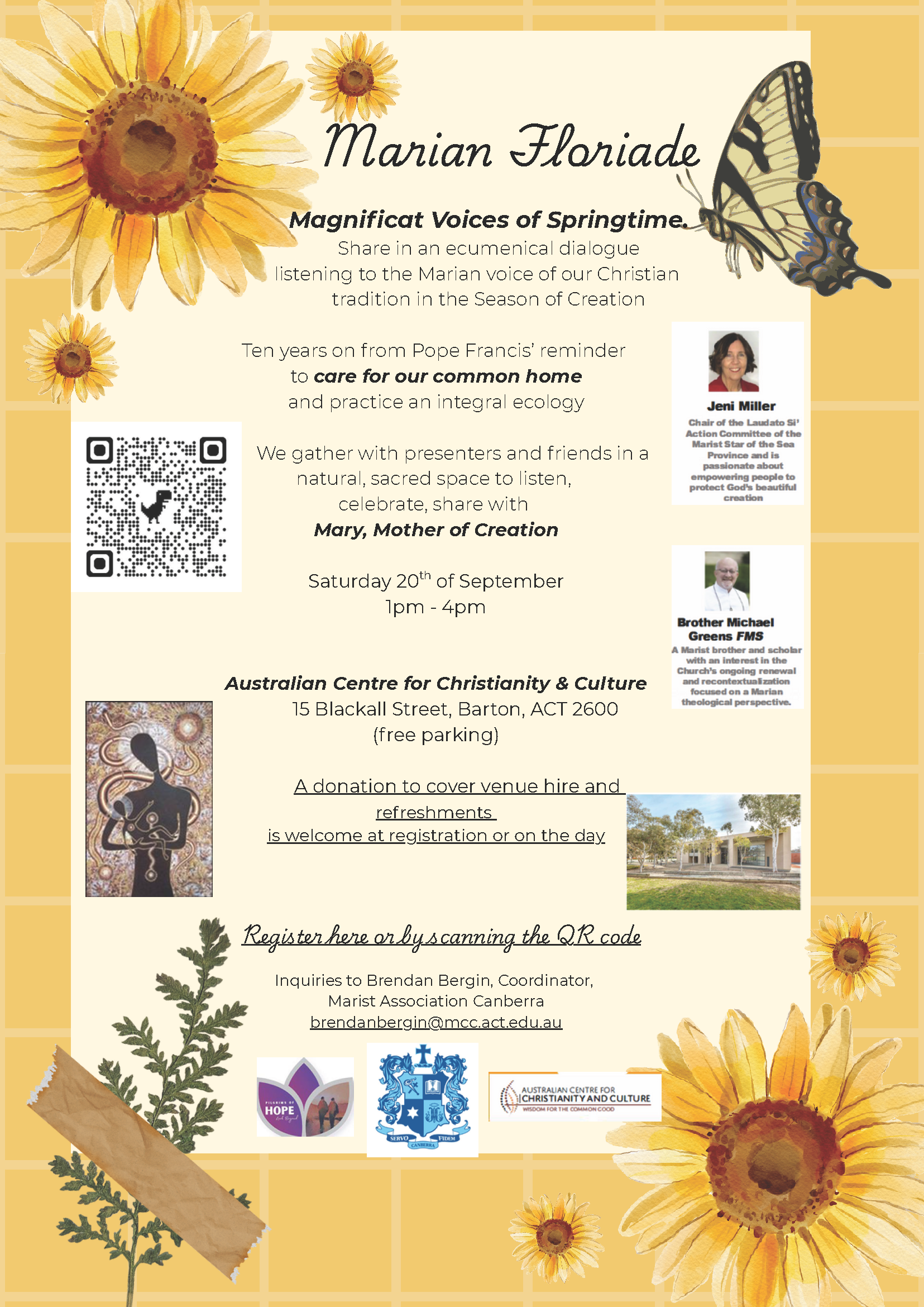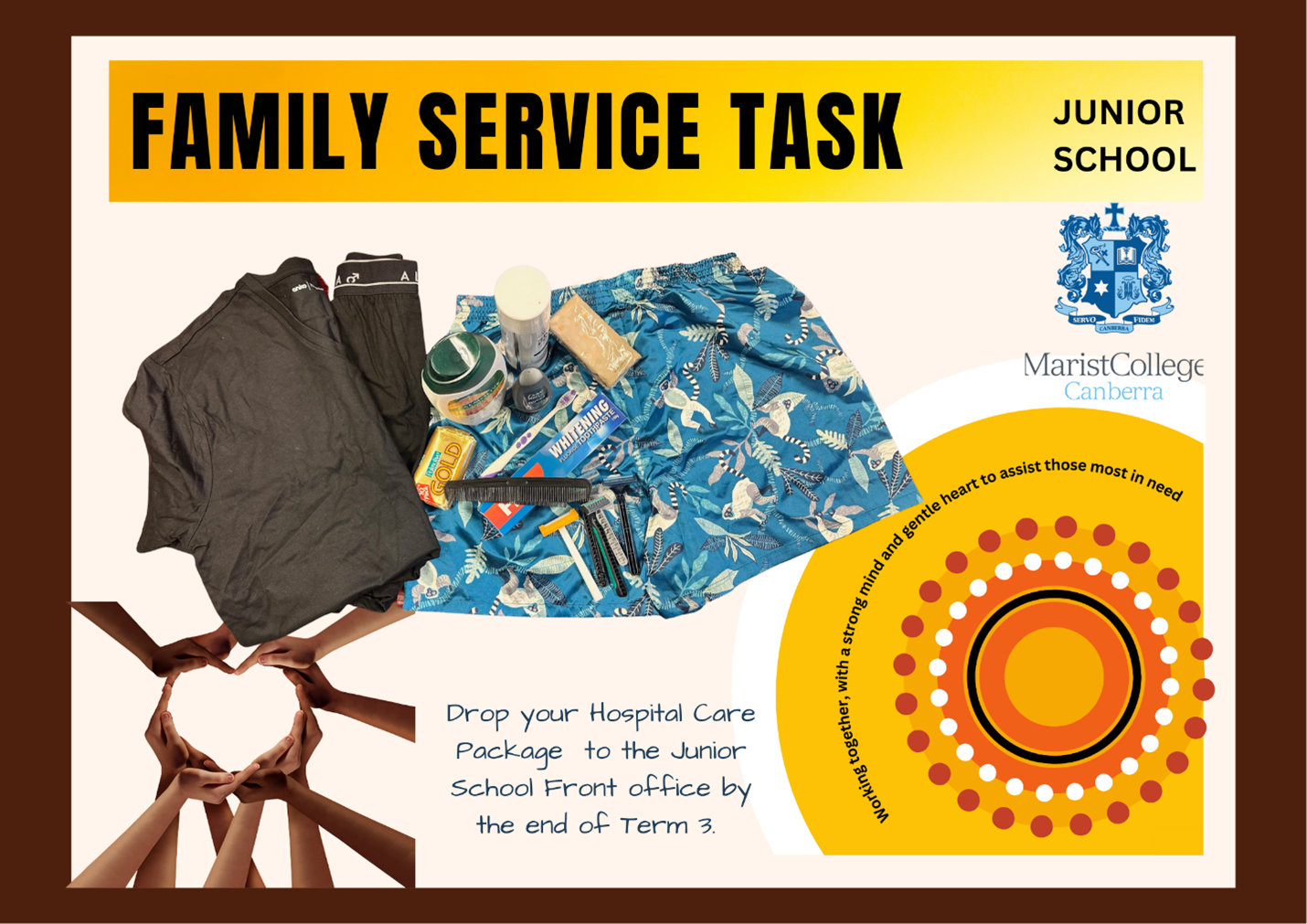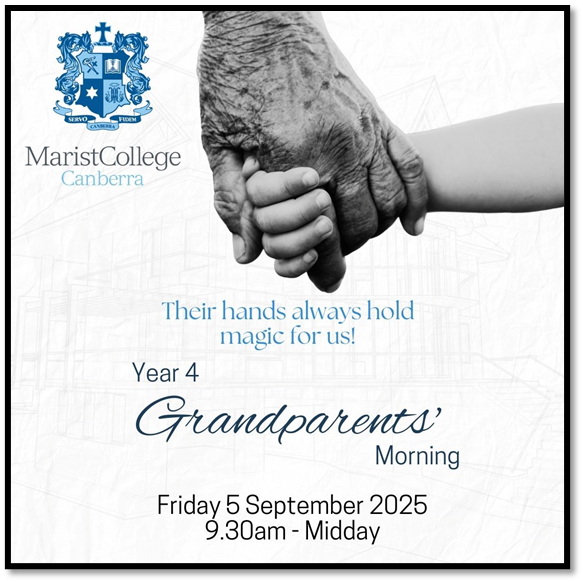The Anxious Generation by Jonathan Haidt
As shared previously, over the recent holiday break, I read, The Anxious Generation, by Jonathan Haidt.
In the first chapter of The Anxious Generation, Jonathan Haidt outlines a major and troubling trend, a sudden and sharp rise in mental health problems among our young people, beginning around 2010. He calls this the "surge of suffering," and describes it as a global youth mental health crisis that has emerged over the past decade, disproportionately affecting young people born after 1995 (Gen Z).
While the mental health crisis is often most visible in girls, boys have also experienced significant increases in suffering, especially in ways that are harder to detect:
- Depression in teen boys rose by about 60% from 2010 to 2020.
- Suicide rates among boys aged 10–14 also doubled during this time.
- For teen boys aged 15–19, suicide rates increased by about 30–40%.
- Boys are more likely to suffer from externalising disorders, such as aggression, conduct disorders, or ADHD, but these too have increased or become more problematic in recent years.
Haidt emphasizes that teenage girls have been the hardest hit. Between 2010 and 2020, in the U.S:
- Major depression rates among teen girls nearly tripled.
- Emergency room visits for self-harm among 10–14-year-old girls increased by 188%.
- Suicide rates for teen girls aged 15–19 rose by over 70%.
- For preteen girls (10–14), the suicide rate tripled during this same period.
These statistics reflect what Haidt identifies as a surge in internalising disorders, such as anxiety, depression, loneliness, and self-harm, which are more common in girls.
Haidt stresses that although the symptoms may differ, internalising for girls, externalizing for boys, both genders are experiencing worsening mental health. However, girls are statistically showing sharper increases, especially in self-harm and suicide attempts.
Haidt argues that this is not just better awareness or diagnosis, but a genuine rise in suffering. He supports this by referencing not just self-reported mental health surveys, but harder metrics like hospitalisation rates and suicide statistics. Similar trends are seen in countries like Canada, the UK, Australia, and Scandinavia, particularly in English-speaking and highly digital societies.
One of the most striking observations Haidt makes is how abrupt this change was. The crisis did not gradually evolve over decades, it spiked around 2010–2012, which he believes is tied to changes in how young people spend their time, especially related to smartphone and social media use. He calls this a "great rewiring of childhood."
This chapter sets the foundation for the rest of the book. Haidt emphasizes that the mental health crisis among youth is not a random fluke, nor is it just the result of overprotective parenting or socioeconomic pressures. Instead, he suggests a fundamental shift in how children grow up, especially around technology, social interaction, and play, may be to blame. The next parts of the book aim to uncover why this is happening, and what we can do about it.
As Head of Junior School Wellbeing, I want to draw your attention to some important findings highlighted in Jonathan Haidt’s The Anxious Generation. While much of the public discussion focuses on the rising anxiety and self-harm among girls, the data also shows that boys are experiencing a significant increase in mental health challenges. Since 2010, depression in teenage boys has risen by more than half, and suicide rates among boys as young as 10–14 have doubled.
For boys, suffering often looks different. Rather than expressing sadness openly, boys may show their struggles through anger, withdrawal, or disengagement from school and family life. These externalising behaviours can mask deeper issues of loneliness, anxiety, or hopelessness.
As parents and educators, we must remain alert to subtle changes in our sons’ behaviour. The sharp rise in mental health difficulties is not simply a matter of “better diagnosis”, it reflects a real and troubling shift in childhood itself. Together, we can support our boys by fostering strong family connections, encouraging open conversations, and prioritising balance in their digital and real-world lives.
Think You Know – Parent session
A reminder that on Tuesday 26 August, at 6pm we will have The ThinkUKnow (TUK) program at Marist to present to our parents. Run by the Australian Federal Police (AFP), TUK is an essential resource for parents navigating the digital world with their children. Offering free, evidence-based presentations, it empowers parents with the knowledge to keep kids safe online. The program covers topics such as social media use, privacy, and cyberbullying. By attending, parents gain practical tools to have open, informed conversations with their children about online safety. In a rapidly changing digital landscape, ThinkUKnow equips families to make smart, safe choices, making it a vital step in protecting young people from online harm and exploitation.
Please click this link to register for the event.
Craig McMahon
Junior School – Head of Student Wellbeing






















